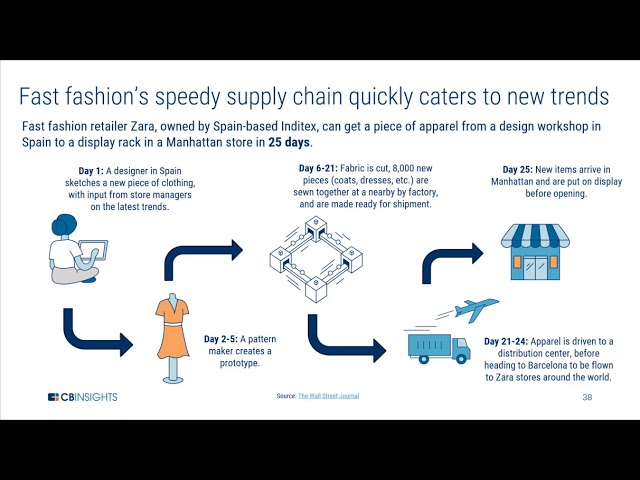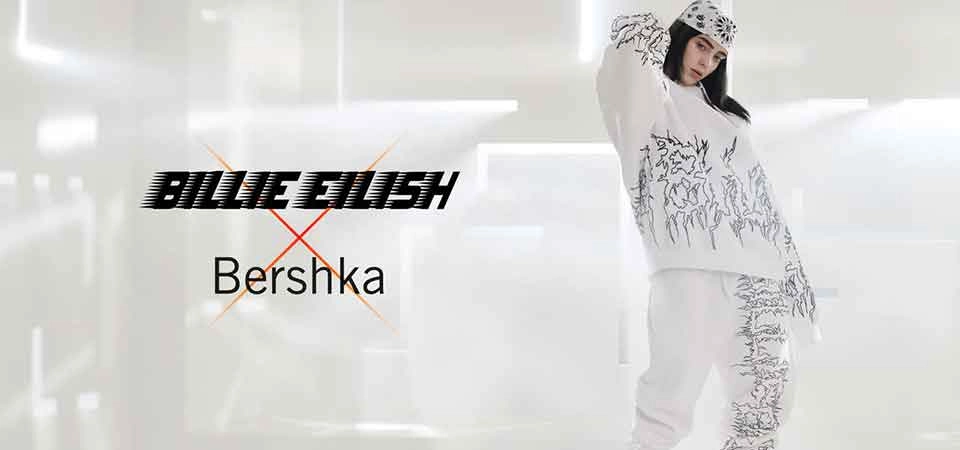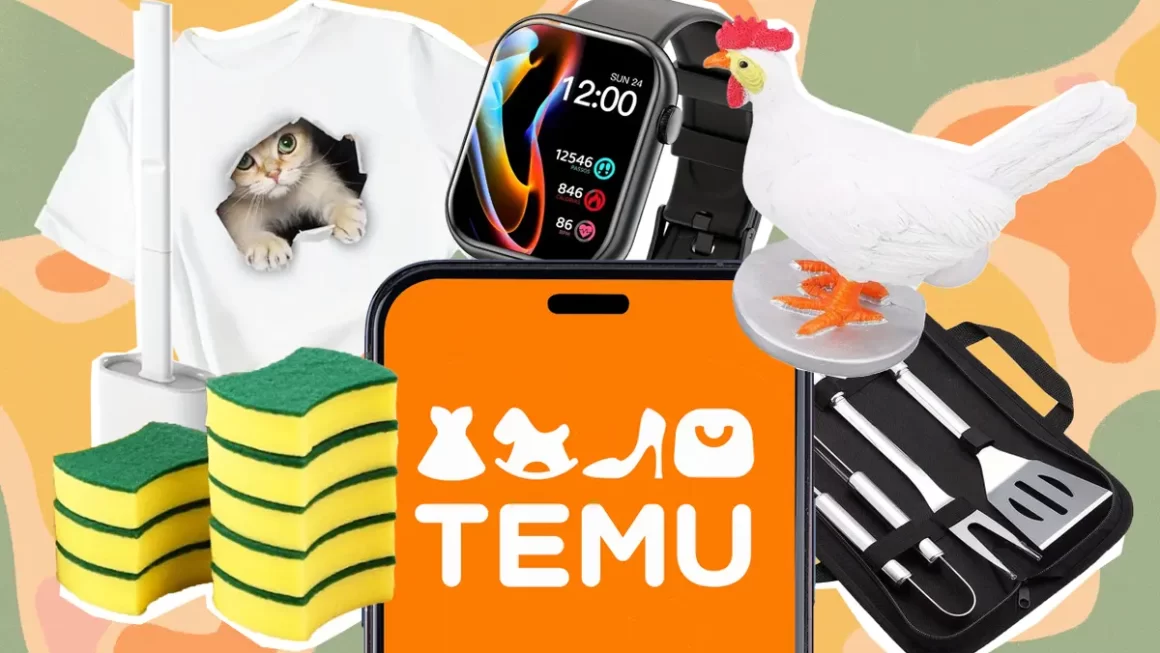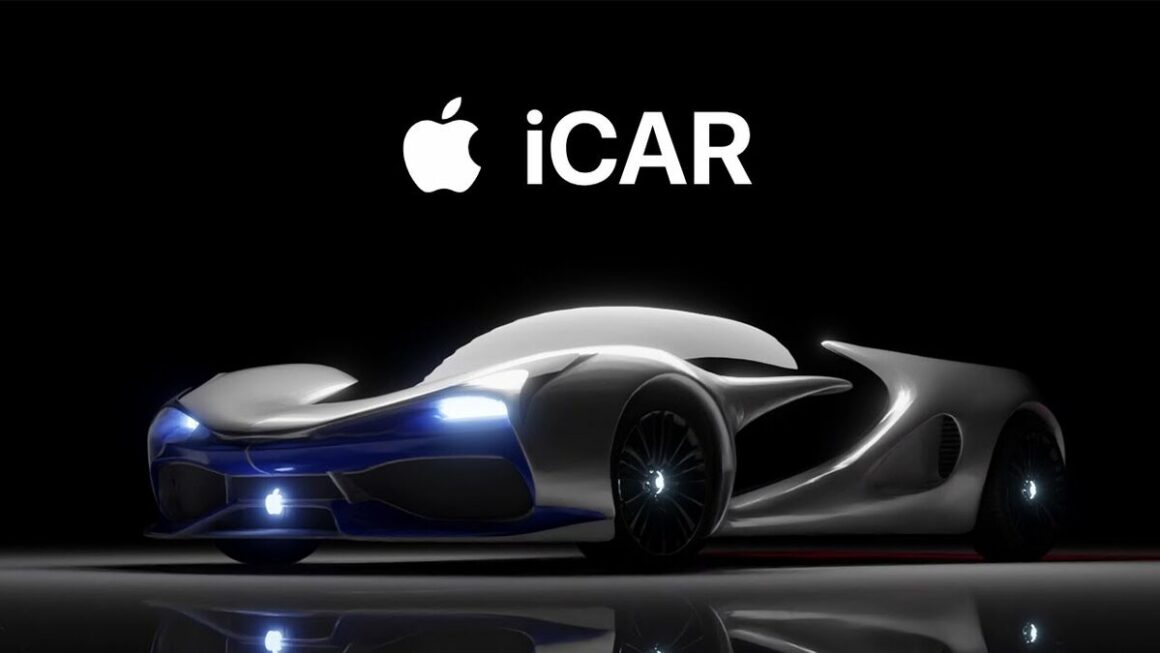Inditex, the world’s largest fast-fashion group, is a global retail giant with over 5,600 stores in 93 markets. From the bustling streets of Tokyo to the vibrant avenues of New York City, Inditex’s brands have become synonymous with trendy clothing and accessible style. But this Spanish multinational is more than just fast fashion. It’s a retail powerhouse with a unique business model and a portfolio of iconic brands that cater to a diverse range of consumers.
The Inditex story begins in 1963 with Amancio Ortega Gaona, a young entrepreneur in Spain. Ortega’s initial foray into the fashion industry was humble, starting with a small clothing manufacturing workshop. However, his vision was far-reaching. He recognized the growing demand for fashionable yet affordable clothing and set out to create a vertically integrated business model that would revolutionize the industry.

Inditex’s vertical integration is a key differentiator. Unlike many fashion retailers that outsource production, Inditex controls its entire supply chain, from design and manufacturing to distribution and sales. This allows for a high degree of flexibility and responsiveness to fashion trends. Inditex can quickly react to changing consumer preferences and get new designs into stores within weeks, a strategy that has been instrumental in its success.
The company’s flagship brand, Zara, is a testament to this agility. Zara is known for its rapid turnaround times, with new collections hitting stores multiple times a week. This constant influx of fresh designs keeps customers engaged and coming back for more. Beyond Zara, Inditex boasts a family of distinct brands, each catering to a specific customer segment. Bershka offers trendy, youth-oriented styles, while Massimo Dutti focuses on sophisticated and timeless pieces. Pull&Bear, Stradivarius, and Oysho cater to a younger demographic with budget-friendly options. Zara Home, a more recent addition, brings Inditex’s design expertise to the homeware market.

Inditex’s global reach is another factor in its dominance. The company has a strategic presence in key markets worldwide, ensuring its brands are accessible to a vast customer base. This international footprint, coupled with its efficient supply chain, allows Inditex to offer competitive prices without compromising on quality or design.
However, Inditex’s success story is not without its critics. The fast-fashion industry has come under fire for its environmental impact and its labor practices. Inditex has taken steps to address these concerns, implementing sustainability initiatives and increasing transparency in its supply chain. Yet, the company still faces challenges in ensuring ethical and sustainable production throughout its vast network.
Looking ahead, Inditex remains a dominant force in the global fashion landscape. Its ability to adapt to changing consumer preferences, its commitment to innovation, and its global reach position it for continued success. As the conversation around sustainability intensifies, Inditex will need to navigate these challenges while staying true to its core strengths: affordability, style, and accessibility.
Brands owned by Inditex
Inditex boasts a diverse brand portfolio catering to a wide range of customer preferences. Let’s delve deeper into each of the eight brands under the Inditex umbrella:
- Zara: The crown jewel of Inditex, Zara is renowned for its trend-driven, fast-fashion approach. New collections arrive in stores multiple times a week, keeping fashionistas excited and coming back for more.
- Pull&Bear: Launched in 1991, Pull&Bear targets a younger audience with a focus on casual and urban-inspired clothing and accessories. It offers a relaxed and streetwise aesthetic at an affordable price point.
- Massimo Dutti: Acquired in 1991, Massimo Dutti exudes sophistication and caters to a more mature clientele. Their collections focus on timeless pieces with a touch of modern flair, perfect for creating a polished and put-together look.
- Bershka: Launched in 1998, Bershka injects a youthful and dynamic energy into the mix. This brand caters to young men and women with a focus on the latest trends and a touch of pop culture influence.
- Stradivarius: Acquired in 1999, Stradivarius offers a range of feminine and trendy designs, primarily targeting young women. With a focus on style and affordability, Stradivarius allows fashion-conscious individuals to experiment with their looks without breaking the bank.
- Oysho: While the details on its acquisition aren’t publicly available, Oysho specializes in intimate apparel, loungewear, and activewear for women. It provides a comfortable and stylish selection for everyday living.
- Zara Home: Founded in 2003, Zara Home brings Inditex’s design expertise to the homeware market. This brand offers a curated selection of home goods and decoration objects, allowing customers to extend their sense of style to their living spaces.
- Lefties: Interestingly, Lefties serves a slightly different purpose. Established in 1993, it primarily sells discounted clothing, often leftover stock from Zara. This allows Inditex to manage inventory while offering budget-conscious shoppers a chance to score deals on trendy styles.
By catering to such a wide range of demographics and styles, Inditex has established itself as a one-stop shop for fashion and homeware needs. From trendy fast-fashion finds to timeless wardrobe staples and cozy home essentials, Inditex’s brands offer something for everyone.
What’s new with Inditex?
Inditex is making strategic moves to solidify its position in the fashion retail landscape. In a major investment, the company is pouring €900 million per year into expanding its logistics capacity for the next two years. This significant boost will likely allow them to deliver trendy clothing faster and more efficiently to a global customer base. This focus on logistics underscores Inditex’s commitment to staying agile and competitive in the fast-paced world of fashion retail.
Beyond logistics, Inditex is setting ambitious sustainability goals. They’ve pledged to transition all their textile products to materials with a reduced environmental impact by 2030. This ambitious plan includes incorporating significant amounts of next-generation, recycled, and organic fibers into their offerings. Additionally, Inditex aims to slash emissions by more than half by 2030 and achieve complete carbon neutrality by 2040. These commitments reflect the growing importance of sustainability within the fashion industry and Inditex’s desire to cater to a more environmentally conscious consumer base.
Inditex’s impact extends beyond fashion. The company is demonstrating its commitment to social responsibility through charitable contributions. Recent donations include €3 million to The Great People’s Forest, a South Asian environmental restoration initiative, and €2.5 million to MSF’s humanitarian and refugee relief work. These contributions highlight Inditex’s well-rounded approach to business success, one that considers not just financial gain but also environmental and social well-being.
Target Audiene of Inditex
Inditex, the fashion giant behind brands like Zara, Pull&Bear, and Bershka, casts a wide net to capture a diverse audience. The common thread is a focus on fashion-forward individuals who seek trendy styles at accessible prices. Inditex achieves this through brand segmentation, catering to different age groups and income levels.
Zara, for example, primarily targets a younger demographic, skewing towards millennials aged 18 to 35. This fashion-conscious group appreciates high-quality clothing but is also likely to be swayed by trendy pieces at impulse-buy prices. Zara’s strategy of limited-edition releases and rapid style turnover perfectly aligns with this audience’s desire for the latest looks without breaking the bank. By understanding these audience preferences, Inditex ensures its brands offer the right combination of style, affordability, and quality for various customer segments.
Marketing Strategies of Inditex
Inditex is known for its innovative and dynamic marketing strategies that have helped it become one of the world’s largest fashion retailers. Here are some key aspects of their marketing strategies:
1. Fast Fashion Model
Inditex’s fast-fashion model hinges on agility and responsiveness. They’ve achieved this through vertical integration, controlling every step from design to manufacturing and distribution. This tight control allows them to react swiftly to emerging trends and get new styles on store shelves faster than competitors.
Further efficiency comes from their “just-in-time” production system. Inditex avoids overproduction by only producing what customers have already ordered. This minimizes inventory costs and ensures their offerings are consistently fresh and on-trend.

The success of Inditex’s fast-fashion model is undeniable, with the company experiencing rapid growth in recent years. However, the environmental and ethical implications of fast fashion are a growing concern. Critics point to excessive waste generation and potential exploitation of workers in developing countries. Inditex has taken steps to address these concerns, such as investing in sustainable practices and implementing a supplier code of conduct. However, some argue these efforts are insufficient. Moving forward, Inditex will need to balance its fast-fashion approach with a commitment to environmental and social responsibility to maintain its position as a leader in the fashion retail industry.
2. Vertical Integration
A core element of Inditex’s marketing strategy lies in its vertically integrated supply chain. This means Inditex isn’t simply a retailer; it controls nearly every step of the fashion journey, from the initial design concept to getting the finished product onto store shelves. This level of control offers Inditex several advantages.
Firstly, vertical integration allows Inditex to maintain stricter quality standards. By overseeing the entire production process, they can ensure materials and construction meet their specific requirements. Secondly, it fosters incredible responsiveness to fashion trends. Inditex’s design teams can quickly translate runway trends into new styles, and with in-house production, these styles can be fast-tracked to stores, keeping their offerings constantly updated and relevant. Finally, vertical integration can potentially lead to cost savings. By managing manufacturing facilities and distribution channels directly, Inditex can potentially streamline operations and reduce reliance on external partners.
Inditex’s vertically integrated model has proven to be a strategic advantage. The tight control over design, production, and distribution allows them to deliver high-quality, trend-driven fashion at competitive prices. This efficiency has undoubtedly fueled their rapid growth and solidified their position as a global leader in the fashion retail industry.
3. Limited Inventory
Inditex utilizes a strategic approach to inventory management: limited availability. This tactic goes beyond simple stock control; it’s a deliberate marketing strategy that fuels customer desire and drives sales.
The core principle is creating a sense of scarcity. By offering limited quantities of each clothing item, Inditex fosters a perception of exclusivity. Shoppers are presented with the idea that these trendy pieces might not be readily available again, prompting them to make impulsive purchases before the opportunity vanishes. This strategy is particularly effective for trend-driven styles with a short shelf life, where customers fear missing out on the latest must-have item.
Limited inventory also fuels a sense of urgency and excitement. The constant influx of fresh styles, coupled with the knowledge that these styles might not last long, encourages repeat visits to stores or frequent online browsing. This keeps customers engaged with the brand and fosters a feeling of needing to stay ahead of the curve. It’s a clever way to not only sell clothing but also cultivate a loyal customer base that thrives on the thrill of the hunt for the next must-have piece.
However, limited inventory isn’t without its challenges. Customers who miss out on a coveted item might feel frustrated, and the strategy can lead to overstocking of unpopular styles. Inditex navigates this by carefully analyzing customer preferences and production planning to optimize stock levels.
4. Collaborations and Partnerships
Inditex leverages collaborations and partnerships to achieve a multifaceted marketing strategy. These partnerships go beyond simple brand awareness and delve into areas that resonate with today’s consumers, such as sustainability and popular culture.
One way Inditex utilizes partnerships is by creating exciting collections for its various brands. Lefties, for example, has collaborated with iconic names like Disney and Peanuts, offering collections featuring these beloved characters on everything from t-shirts to accessories. Similarly, Bershka has partnered with musician Billie Eilish for a clothing line, capitalizing on her popularity with their target audience. These collaborations generate excitement and attract new customers who are fans of the partnering brands or personalities.

Looking beyond pop culture, Inditex also uses partnerships to address sustainability concerns and advance industry innovation. Their collaboration with Maersk focuses on reducing emissions through the use of alternative fuels for shipping. Additionally, their partnership with MIT focuses on improving textile recycling techniques. These initiatives showcase Inditex’s commitment to environmental responsibility and position them as a leader in sustainable fashion practices. By partnering with respected organizations, Inditex not only furthers its sustainability goals but also burnishes its brand image among environmentally conscious consumers. In conclusion, Inditex’s collaborations and partnerships are a strategic marketing tool that allows them to connect with customers on multiple levels, from pop culture trends to environmental responsibility.
5. Innovative Store Design
Inditex isn’t just about clothing – it’s about creating a truly immersive and engaging shopping experience. At the heart of this strategy lies their innovative store design, which seamlessly blends technology, sustainability, and a customer-centric approach. With over 5,500 stores worldwide, Inditex has transformed the physical retail landscape, offering a glimpse into the future of fashion shopping.
Technology plays a starring role in Inditex’s stores. They’ve integrated augmented reality into both online and in-store experiences. Online shoppers can virtually try on clothes, while physical stores allow customers to scan barcodes and see the garment on a virtual model. This innovative approach not only enhances convenience but also allows customers to visualize how an item might look before committing to a purchase.
Sustainability is another cornerstone of Inditex’s store design philosophy. The company prioritizes the use of recycled materials in store construction and actively implements energy-efficient lighting and heating systems. Additionally, they’ve made significant strides in reducing water consumption and overall waste production within their stores. This commitment to environmental responsibility resonates with today’s eco-conscious consumers and positions Inditex as a leader in sustainable retail practices.
Ultimately, Inditex strives to create a seamless and frictionless shopping experience. They’ve integrated their online and physical stores, allowing customers to effortlessly transition between the two. Self-checkout options and interactive fitting rooms further enhance convenience and empower customers. Inditex also prioritizes exceptional customer service through ongoing training programs for store employees. By combining cutting-edge technology, a focus on sustainability, and a customer-centric approach, Inditex’s innovative store design sets a new standard for the retail industry.
6. Digital Marketing and Social Media
Inditex understands the power of digital engagement. Social media has become a cornerstone of their marketing strategy, boasting over 300 million followers across various platforms. This massive audience allows Inditex to directly connect with customers, promote their products, and ultimately drive sales.
The key to their success lies in crafting visually captivating content. Inditex knows their target audience is highly responsive to aesthetics. They consistently produce high-quality photos and videos showcasing their latest collections in an aspirational light. Beyond product promotion, Inditex offers a glimpse behind the scenes, sharing sneak peeks of upcoming trends and fueling customer excitement. This approach fosters a sense of exclusivity and keeps followers engaged, eagerly awaiting the next big fashion reveal.
Interactivity is another pillar of Inditex’s digital strategy. They actively encourage user-generated content, prompting customers to share photos of themselves sporting the brand’s latest styles. This not only promotes their products organically but also fosters a sense of community among followers. Inditex further personalizes the experience by interacting directly with customers, responding to comments and fostering a two-way dialogue.
Targeted advertising ensures their message reaches the right audience. Inditex leverages social media’s powerful targeting tools to tailor their ads to specific demographics and interests. This ensures maximum reach and impact, showcasing their products to those most likely to be interested. Furthermore, Inditex seamlessly integrates social media with other marketing channels like email marketing and their website. This creates a consistent and unified brand experience across all touchpoints, solidifying brand identity and messaging.
In conclusion, Inditex’s digital marketing and social media strategy is a masterclass in audience engagement. By prioritizing high-quality visuals, fostering interactivity, and utilizing targeted advertising, Inditex has established itself as a leader in the digital fashion marketing landscape. Their innovative approach allows them to connect with a global audience, build brand loyalty, and ultimately drive sales success.
Overall, Inditex’s marketing strategies are characterized by their agility, innovation, and customer-centric approach, allowing them to stay ahead in a highly competitive industry.
Marketing Mix of Inditex
Inditex has revolutionized the fast-fashion industry through its strategic marketing mix (4Ps). Let’s delve into each element in detail and explore how they work together to create a winning formula.
1. Product
Variety and Trend Focus: Inditex offers a wide range of trendy clothing, shoes, and accessories across its various brands. Each brand caters to a specific target audience with distinct styles and price points. Zara, for example, focuses on the latest trends at affordable prices, while Massimo Dutti offers a more premium and timeless aesthetic.
Fast Fashion Model: Inditex utilizes a quick response system, rapidly adapting to evolving trends and getting new designs into stores quickly. This allows them to capitalize on fleeting trends and keep their offerings fresh and exciting for customers.
Limited Inventory: Inditex intentionally produces limited quantities of certain items, creating a sense of scarcity and urgency. This strategy encourages impulse purchases and fosters a perception of exclusivity.
Sustainability Efforts: Recognizing the growing importance of sustainability, Inditex is increasingly incorporating recycled materials and sustainable practices into their product lines. This caters to a more eco-conscious consumer base.
2. Price
Value for Money: Inditex strikes a balance between affordability and perceived quality. Their target audience is fashion-conscious but budget-minded. Zara, for example, offers trendy pieces at accessible prices, while Massimo Dutti positions itself as a more premium brand with slightly higher price points.
Price Differentiation Across Brands: Each Inditex brand has its own distinct pricing strategy. Zara and Pull&Bear cater to a younger demographic with value-driven pricing, while Massimo Dutti and Uterqüe target a more mature audience with premium pricing.
3. Place
Global Presence: Inditex boasts a vast network of physical stores across the globe, ensuring accessibility for a wide audience. This allows for immediate product gratification and the ability to try on clothes before purchase.
Strategic Locations: Inditex stores are strategically located in high-traffic areas like shopping malls and busy streets, maximizing brand visibility and customer footfall.
Omnichannel Strategy: Inditex recognizes the growing importance of online shopping. They offer a user-friendly e-commerce platform that complements their physical stores. This allows customers to shop seamlessly across channels, enhancing convenience and accessibility.
4. Promotion
Strong Social Media Presence: Inditex leverages social media platforms like Instagram, Facebook, and TikTok to connect with customers, showcase new collections, and generate excitement. They create visually appealing content featuring user-generated content and influencer marketing to build brand engagement.
Limited-Time Promotions and Sales: Inditex strategically utilizes limited-time promotions and sales to create a sense of urgency and encourage impulse purchases. This strategy aligns with their fast-fashion model and limited inventory approach.
Innovative Store Design: Inditex stores are designed to be more than just retail spaces; they are immersive experiences. They integrate technology like augmented reality for virtual try-on experiences, creating a fun and interactive shopping environment. Additionally, a focus on sustainability in store design reflects their commitment to environmental responsibility.
Inditex’s marketing mix is a well-oiled machine where each element reinforces the others. The trendy and fast-paced product line is supported by strategic pricing that caters to their target audience. Their global presence and omnichannel strategy ensure accessibility, while their social media marketing fuels excitement and brand awareness. Limited inventory and promotions create a sense of urgency, further driving sales. Ultimately, Inditex’s mastery of the 4Ps allows them to deliver a compelling value proposition to their customers, solidifying their position as a leader in the fast-fashion industry.
Also Read: LVMH: Exploring the Marketing Strategy Of Luxury Empire
To read more content like this, subscribe to our newsletter
[wpforms id=”320″]



